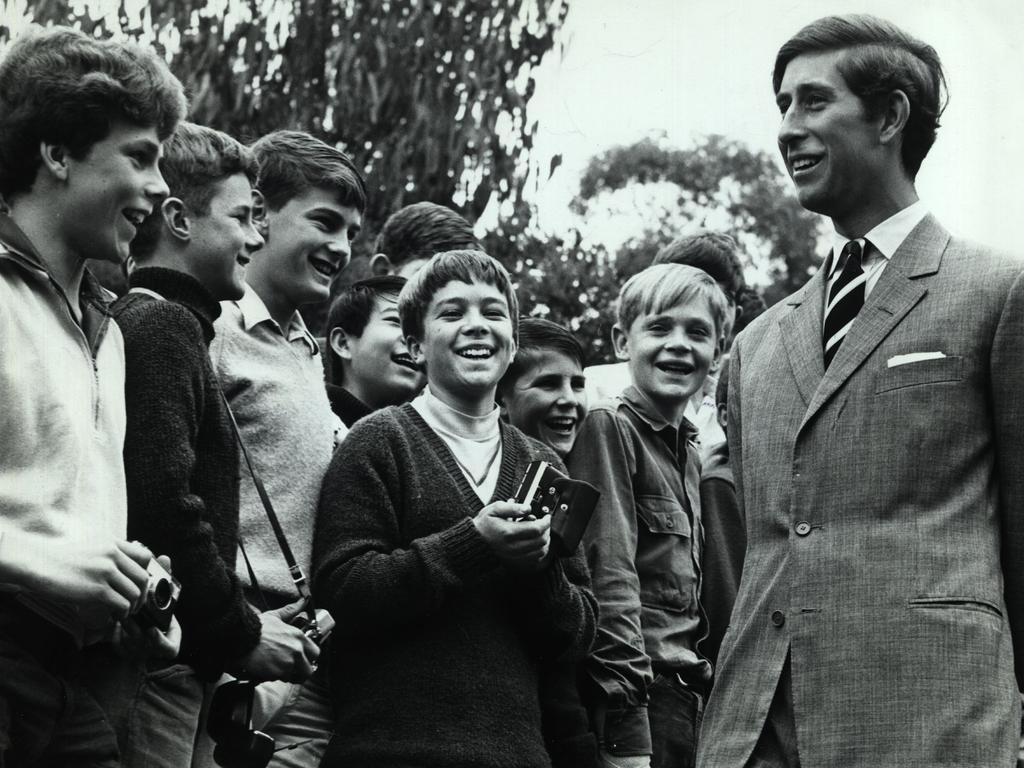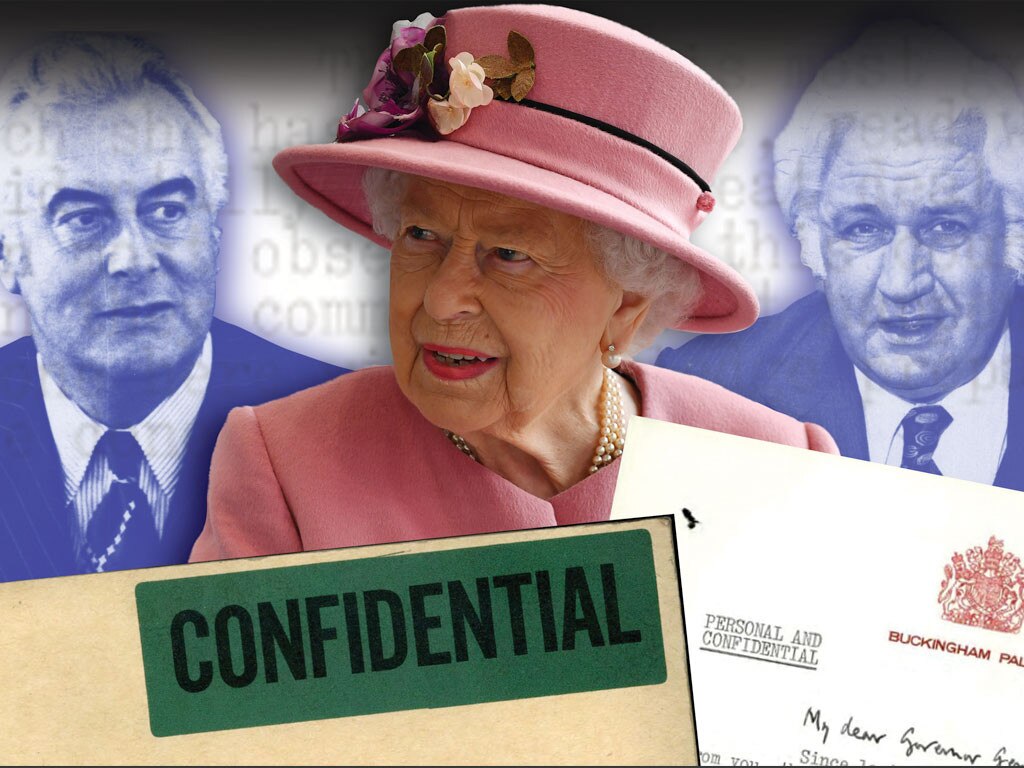Palace letters: Historic nugget casts new light on Whitlam dismissal
The handwritten letter is revealed for the first time in a new book by Kelly and Bramston, The Truth of The Palace Letters: Ambush, Deceit and Dismissal in 1975, to be published by Melbourne University Press on November 3. The book will also detail an 11-page typed memo the authors discovered, written in 1981. In it, Sir John detailed his relationship with Prince Charles. It described their mutually supportive and trusting relationship. And it confirmed Charles’ ambition to become governor-general of Australia and his desire to buy a property in regional NSW. Sir John would have stepped aside “at any time’’ to make way for the prince, on the recommendation of the Australian prime minister of the day and with the approval of the Queen.
Prince Charles’ support for Sir John’s controversial role in the dismissal, while personal, was imprudent. Its emergence will be an embarrassment for the Queen, who is now 94, and for the monarchy. It is the first known direct statement of support for the dismissal by a member of the royal family. It will be seen as a breach of royal protocol and convention because the Queen has always maintained a strict policy of non-interference in Australian politics. As Kelly and Bramston write, Charles’ personal view did not reflect the Queen’s position or that of her private secretary at the time, Sir Martin Charteris.
The revelation that Charles intervened in a partisan way in our most divisive and convulsive political crisis risks his standing as heir to the throne in Australia. His letter will reinforce the view of many Australians that the end of the current reign will be the right time for our nation to move on and establish an Australian republic.
As Paul Keating, who has written the foreword to the Kelly-Bramston book, said this week, the Queen accepts Australia’s constitutional arrangements are a matter for Australians. When Mr Keating visited the Queen at Balmoral in 1993, as we reported on Friday, she listened to his advice on a future republic with grace and acceptance. “I will, of course, take the advice of Australian ministers and respect the wishes of the Australian people,” she told him. Mr Keating, a committed republican who respects the Queen, is correct in warning other republicans that accusing the Queen of complicity in Mr Whitlam’s dismissal will only undermine their cause.
For the sake of historical accuracy, it is important that this and future generations of Australians understand that we should not look for overseas conspiracies to explain the dismissal — it was homegrown, brought on by the mix of personalities, clashing egos and events in Australia at the time. The Palace Letters were released by the National Archives of Australia in July, after a decade-long campaign by historian Jenny Hocking, that was backed by this newspaper. A careful reading of the letters confirms the Queen had no prior knowledge of or supported the dismissal. They are also a fascinating insight into the dismissal from the perspective of Sir John and the palace. In a letter to Sir John on October 2, a fortnight before the Coalition, under Malcolm Fraser, blocked supply in the Senate, the palace advised that the Queen would follow prime minister Gough Whitlam’s advice if he sought to recall the governor-general. “The Queen, as a Constitutional Sovereign, would have no option but to follow the advice of her Prime Minister,” Sir Martin Charteris wrote.
Former Labor leaders Bill Hayden, Simon Crean, Kim Beazley and Bill Shorten agree with Mr Keating that there is no evidence that the Queen had any part in the dismissal. But Labor’s legal affairs spokesman Mark Dreyfus claimed, erroneously in our view, based on the evidence, that “our unelected head of state, on the other side of the world, was advising the governor-general on how to remove our elected prime minister — and never once thought to tell the elected prime minister what was being planned”.
As Mr Keating says, the republican debate should not be held “in the negative’’ to remove the Queen of Great Britain. It should be an affirmative debate, about having an Australian as our own head of state.




Only a powerful new development can force a 45-year-old story onto the front page during a pandemic, in the closing stages of a US election race and on footy grand final weekend. But the revelation on Saturday by Paul Kelly and Troy Bramston that Prince Charles, Australia’s future king, told former governor-general Sir John Kerr in March 1976 that he supported his dismissal of the Whitlam government on November 11, 1975, is groundbreaking. “Please don’t lose heart,” the prince wrote to Sir John by hand. “What you did last year was right and the courageous thing to do — and most Australians seemed to endorse your decision when it came to the point.” Prince Charles was at sea at the time of writing, captaining Royal Navy minesweeper HMS Bronington.